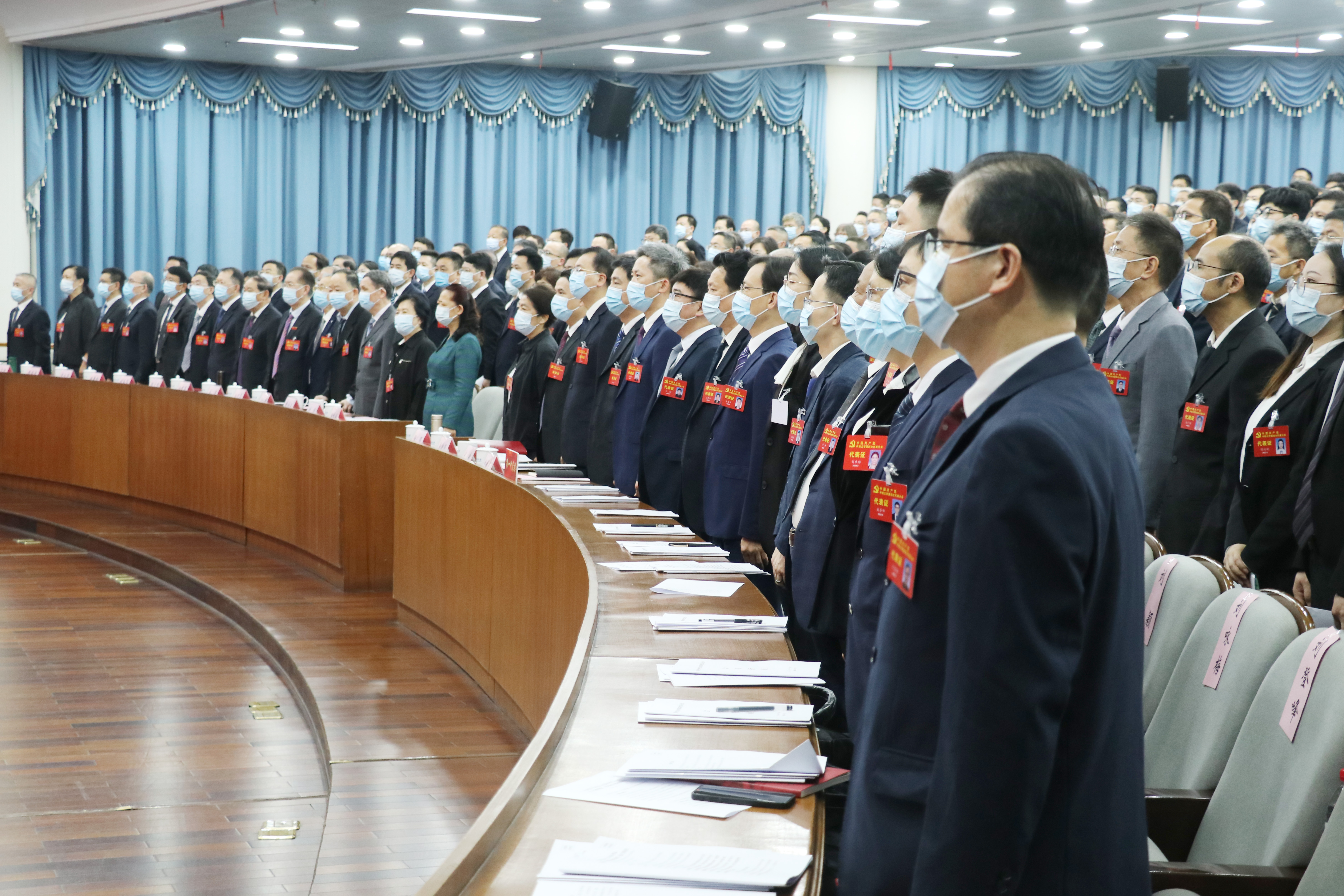张尧学院士发表的论文在国际上反响强烈
来源:信息学院 点击次数:次 发布时间:2012年10月16日 作者:王国军
张尧学院士在《International Journal of Cloud Computing》专刊上发表的论文《TransOS: A Transparent Computing-based Operating System for the Cloud》在国际上反响强烈。国际科学新闻网(Science Daily)、PHYS.ORG、EFYTimes、TechEYE、TECHNEWSDAILY等十几家国际知名媒体纷纷从不同角度进行了报道。现转载部分报道内容如下:
国际科学新闻网:在“云”中的操作系统-TransOS或将取代传统的桌面操作系统
中国的研究者正在开发一种适用于各类计算机的基于云的操作系统—TransOS系统,其细节发表在国际云计算杂志的专刊上。
计算机用户在不同程度上都熟悉操作系统,无论是微软Windows、苹果Mac、Linux、Chrome OS或其他操作系统,其功能都是使得用户计算机启动和运行,处理硬件如CPU、内存、硬盘和打印机、照相机等外设以及联网设备等之间的连接。它还可以使用户运行他们所需的各种不同软件和应用,诸如Email、Web浏览、文字处理、电子表格以及游戏等。
操作系统存在于计算机内部的概念似乎已经根深蒂固,用户的文件、音频、视频、图像等数据也深深植根于内部的硬盘之中。为了让用户随时、快速地访问所需程序,传统做法是将软件存放在计算机内部的硬盘上,然而现在一种新的趋势是将应用放在“云”中而不是个人硬盘上。
用户连接互联网,需要的时候在云服务器上运行软件,同时还可以将数据文件也存储在云中。这种做法有很多好处:第一,软件无需用户干预就能自动被更新到最新状态;第二,软件独立于硬件和操作系统,能够在几乎任何一台具有互联网连接的计算机上运行;第三,如果用户的文件也在云中,可以随时随地利用网络连接来访问这些文件。
显而易见,下一步工作是将操作系统从计算机上分离,将他们放在云中,并使得整个过程透明化。计算机将变成复杂的虚拟终端,用户如何与他们的文件进行交互与其配置和能力无关。类似于Java的软件系统能够让应用运行在Web浏览器中而不需要考虑浏览器所依赖的计算机或操作系统,大部分软件已经在云中作为桌面应用的替代或者补充版本存在,但是我们仍未看到一个全面的基于云的操作系统。
现在,来自中国北京清华大学的张尧学(现任中南大学校长)和周悦芝最终开发了一个云计算操作系统—TransOS。该操作系统的代码存储在一台通过网络与终端机相连接的云服务器上,终端机上运行很少量的启动代码,并动态连接到互联网,TransOS从网络下载特定代码段运行,用户通过一个图形化的界面选择操作系统,感觉整个过程和使用传统的操作系统一样。应用在运行过程中,只调用TransOS运行所需的必要代码,这样内存不会像传统桌面系统一样被太多不活动的代码所占用。
“TransOS管理所有的资源为用户提供集成的服务”,该研究团队介绍说,“透明操作系统管理所有的网络化和虚拟化的软硬件资源,包括传统的操作系统、物理的和虚拟化的底层硬件资源,并使得用户能够按需选择和运行任何服务。”
研究人员认为TransOS不局限于个人计算机,还可以应用在冰箱、洗衣机等家用电器和其他工业设备上,同时也适用于手机和平板电脑等移动设备。该研究团队补充道,现在最关键的工作是要建立云计算操作系统体系结构和相关的接口标准,使得TransOS在更加广阔的范围内得到发展。
TransOS背景介绍
张尧学院士领导的透明计算研究团队研究开发出基于透明计算的云计算操作系统—TransOS。最近阐述其最新研究成果的论文在《International Journal of Cloud Computing》发表。该论文在国际上产生强烈反响,国际科学新闻网、TG Daily、Science Daily等十几家国际知名媒体纷纷跟踪报道。论文信息如下:
标题:TransOS: 一种基于透明计算的云计算操作系统
作者:张尧学,周悦芝
摘要:云计算已经成为当前的热门话题。其中的研究问题,包括云计算操作系统在内,已经引起了广泛的关注。然而,迄今为止,没有人能够回答什么是云计算操作系统,更不用说如何来开发云计算操作系统。本论文从透明计算的角度,提出了一种云计算操作系统TransOS。在这种云计算操作系统中,所有传统操作系统和应用的代码都集中存储在网络服务器上。一台近乎全裸的终端从网络服务器上动态调度用户选择的必要代码到本地,并利用本地的资源运行这些代码。TransOS管理所有的资源来为用户提供集成的服务,包括传统的操作系统。论文首先介绍了透明计算的概念,随后提出了TransOS及其主要特性。然后论文给出了TransOS的一种基于分层结构化的实现方案。最后,论文列举了TransOS的一个实现实例。(中文翻译件仅供参考,具体内容请以英文原件为准)。
Abstract: Cloud computing has become a hot topic recently. Among these research issues, cloud operating systems have attracted extensive attention. However, to date, there is no answer to such issues as what a cloud operating system is and how to develop one. This paper proposes a cloud operating system, TransOS, from the viewpoint of transparent computing, in which all traditional operating system codes and applications are centrally stored on network servers, and an almost bare terminal dynamically schedules the necessary codes selected by users from the network server, and runs them mostly with the terminal’s local resources. The TransOS manages all the resources to provide integrated services for users, including traditional operating systems. This paper first introduces the concept of transparent computing as a background and presents TransOS and its main characteristics. It then gives a layered structure-based designation of TransOS and finally illustrates one example of its implementation.
附件三:国际科学新闻网报道原文
A new-cloud based operating system for all kinds of computer is being developed by researchers in China. Details of the TransOS system are reported in a forthcoming special issue of the International Journal of Cloud Computing.
Computer users are familiar to different degrees with the operating system that gets their machines up and running, whether that is the Microsoft Windows, Apple Mac, Linux, ChromeOS or other operating system. The OS handles the links between hardware, the CPU, memory, hard drive, peripherals such as printers and cameras as well as the components that connect the computer to the Internet, critically it also allows the user to run the various bits of software and applications they need, such as their email programs, web browsers, word processors, spreadsheets and games.
While, operating systems seem firmly entrenched in the personal computer and their files, documents, movies, sounds and images, sit deep within the hard drive. Traditionally, software too is stored on the same hard drive for quick access to the programs a user needs at any given time. However, there is a growing movement that is taking the applications off the personal hard drive and putting them "in the cloud".
The user connects to the Internet and "runs" the software as and when needed from a cloud server, perhaps even storing their files in the cloud too. This has numerous advantages for the user. First, the software can be kept up to date automatically without their intervention. Secondly, the software is independent of the hardware and operating system and so can be run from almost any computer with an Internet connection. Thirdly, if the user files are also in the cloud, then they can access and use their files anywhere in the world with a network connection and at any time. The obvious next step is to make the entire process transparent by stripping the operating system from the computer and putting that in the cloud. The computer then becomes a sophisticated, but dummy terminal and its configuration and capabilities become irrelevant to how the user interacts with their files. Already most types of software are represented in the cloud by alternative or additional versions of their desktop equivalents but we are yet to see a fully functional cloud-based OS. For instance, systems such as Java were developed to allow applications to run in a web browser irrespective of the computer or operating system on which that browser was running.
Now, Yaoxue Zhang and Yuezhi Zhou of Tsinghua University, in Beijing, China, have at last developed an operating system for the cloud - TransOS. The operating system code is stored on a cloud server and allows a connection from a bare terminal computer. The terminal has a minimal amount of code that boots it up and connects it to the Internet dynamically. TransOS then downloads specific pieces of code that offer the user options as if they were running a conventional operating system via a graphical user interface.
Applications are then run, calling on the TransOS code only as needed so that memory is not hogged by inactive operating system code as it is by a conventional desktop computer operating system.
"TransOS manages all the resources to provide integrated services for users, including traditional operating systems," the team says. "The TransOS manages all the networked and virtualized hardware and software resources, including traditional OS, physical and virtualized underlying hardware resources, and enables users can select and run any service on demand," the team says The researchers suggest that TransOS need not be limited to personal computers, but offers the capacity to be enabled on other domestic (refrigerators and washing machines, for instance) and factory equipment. The concept should also work well with mobile devices, such as phones and tablet PCs. It is essential, the team adds, that a cloud operating system architecture and relevant interface standards now be established to allow TransOS to be developed for a vast range of applications.









 分享:
分享:









